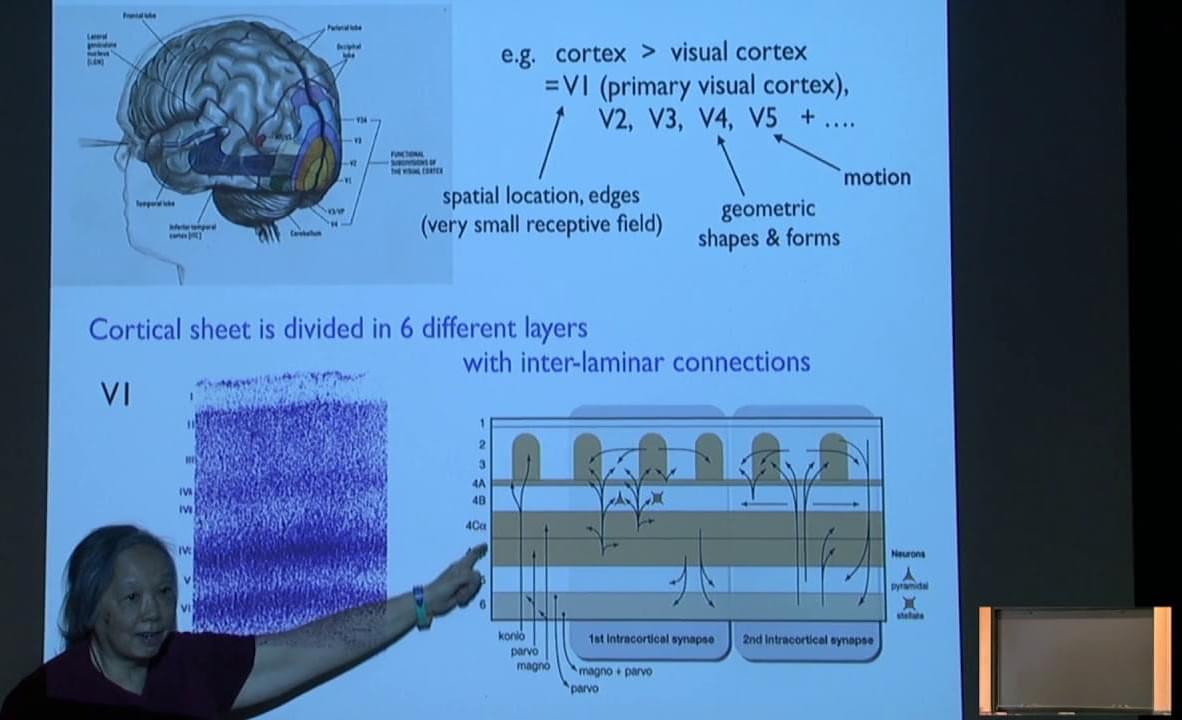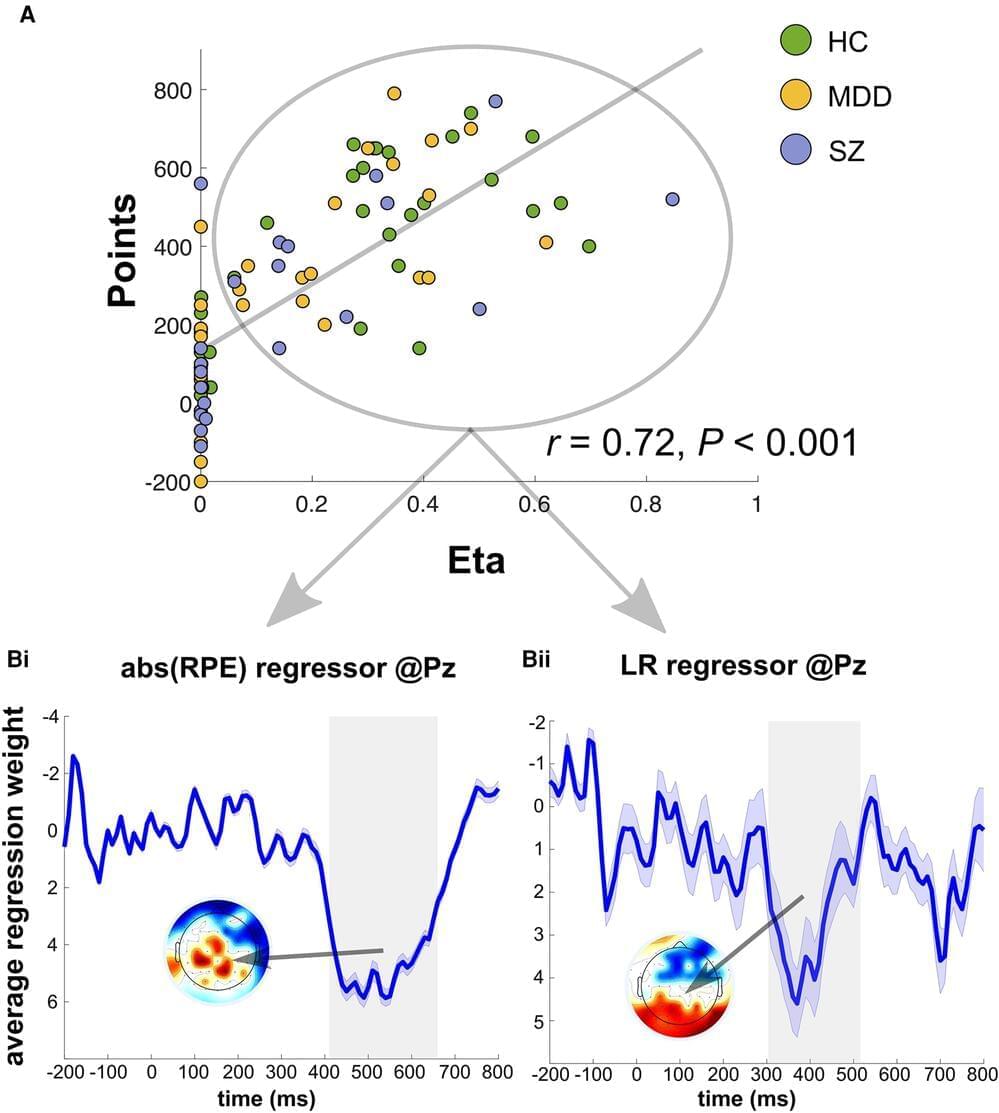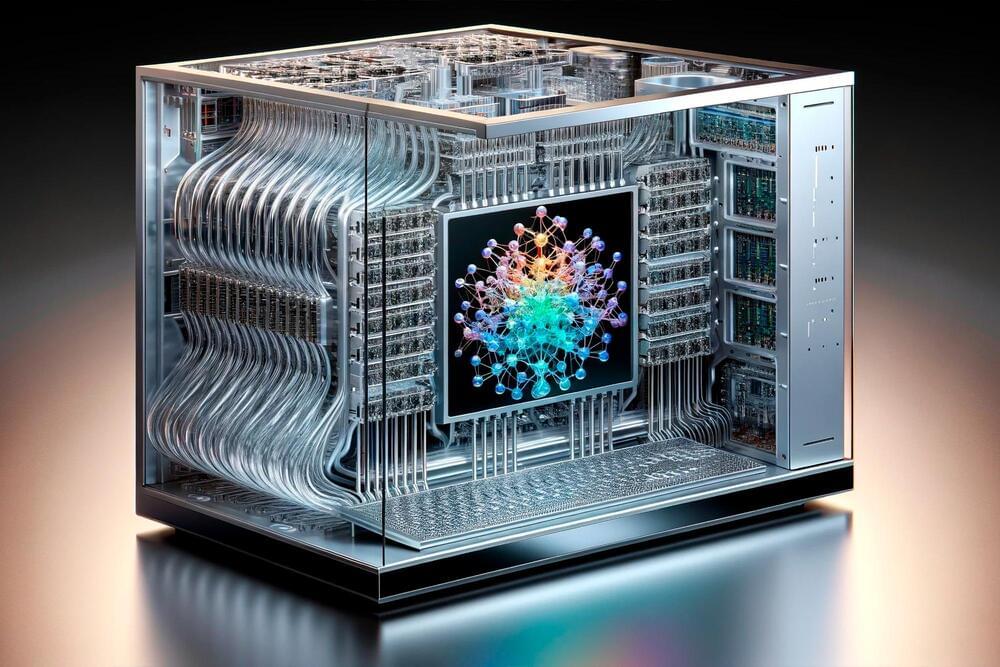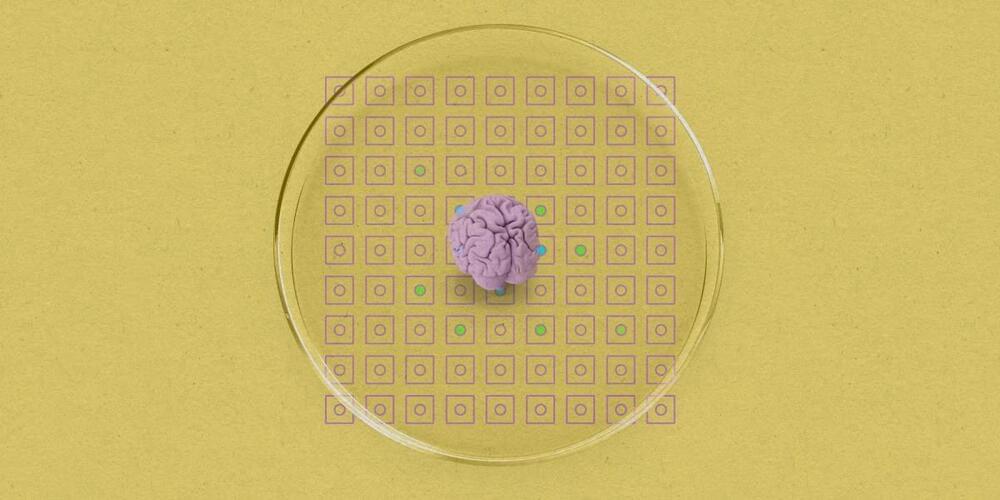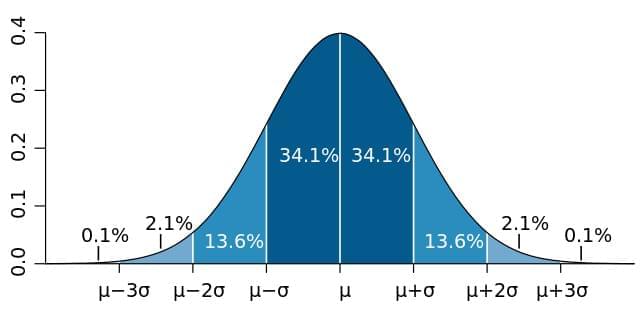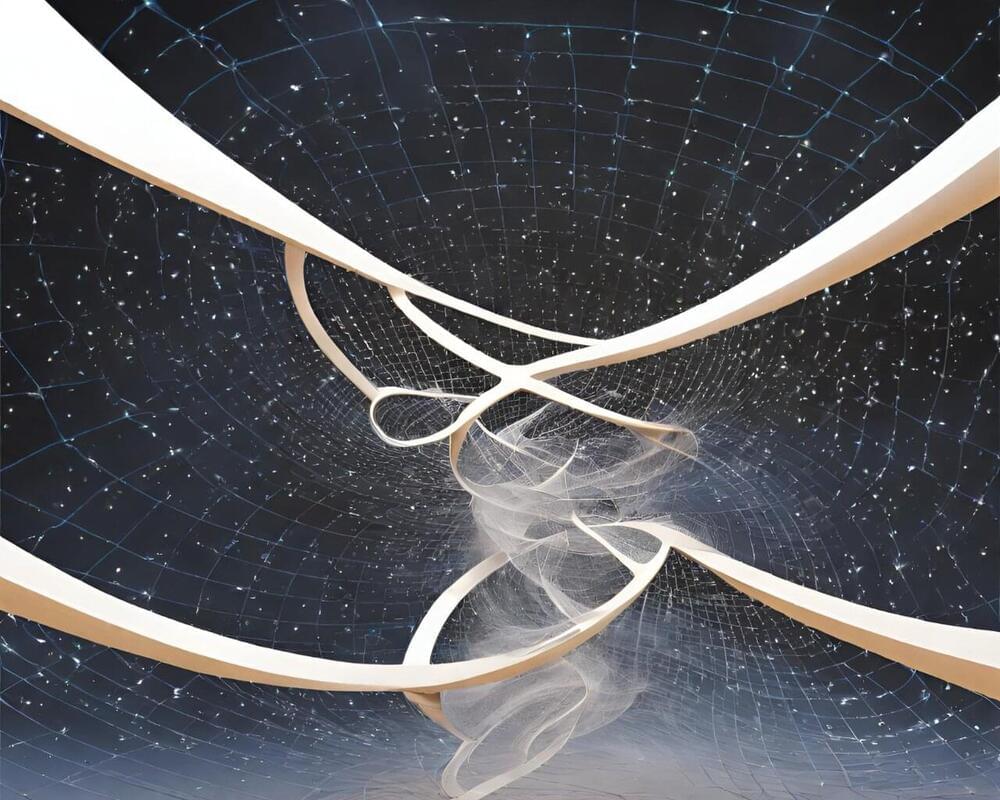
One of the greatest challenges of modern physics is to find a coherent method for describing phenomena, on the cosmic and microscale. For over a hundred years, to describe reality on a cosmic scale we have been using general relativity theory, which has successfully undergone repeated attempts at falsification.
Albert Einstein curved space-time to describe gravity, and despite still-open questions about dark matter or dark energy, it seems, today, to be the best method of analyzing the past and future of the universe.
To describe phenomena on the scale of atoms, we use the second great theory: quantum mechanics, which differs from general relativity in basically everything. It uses flat space-time and a completely different mathematical apparatus, and most importantly, perceives reality radically differently.
